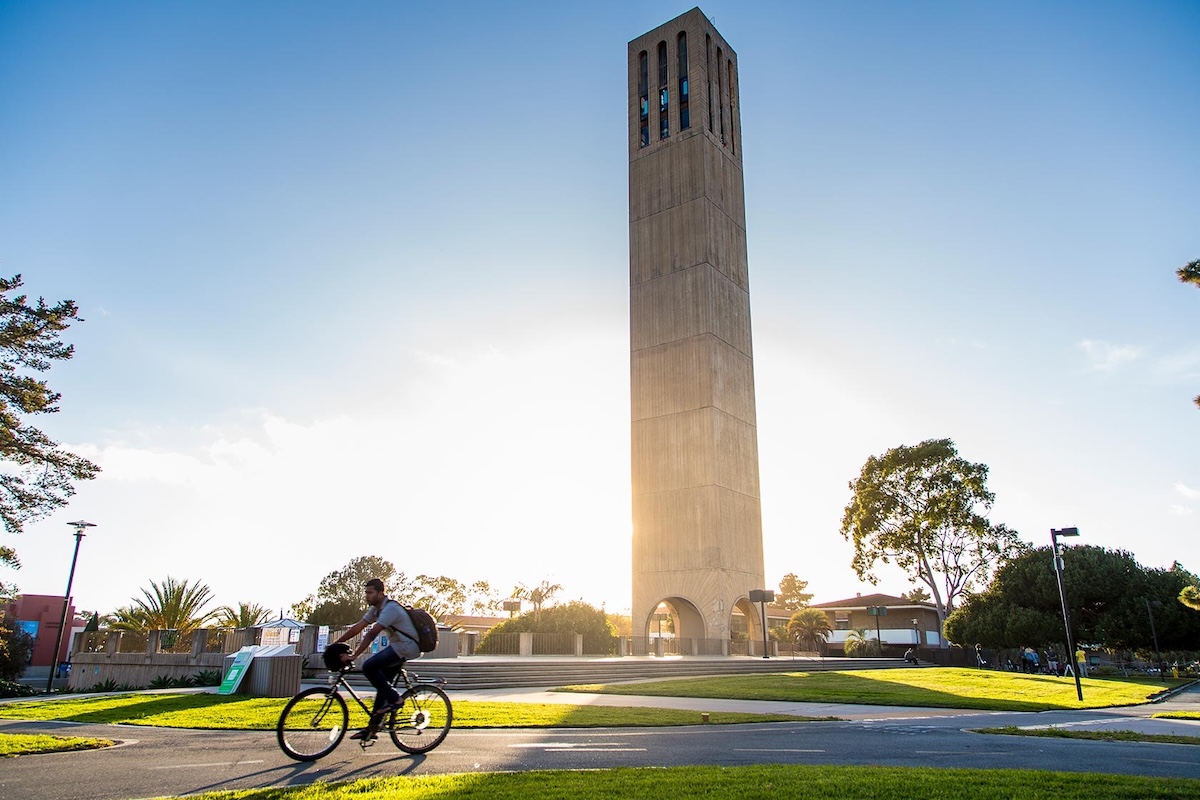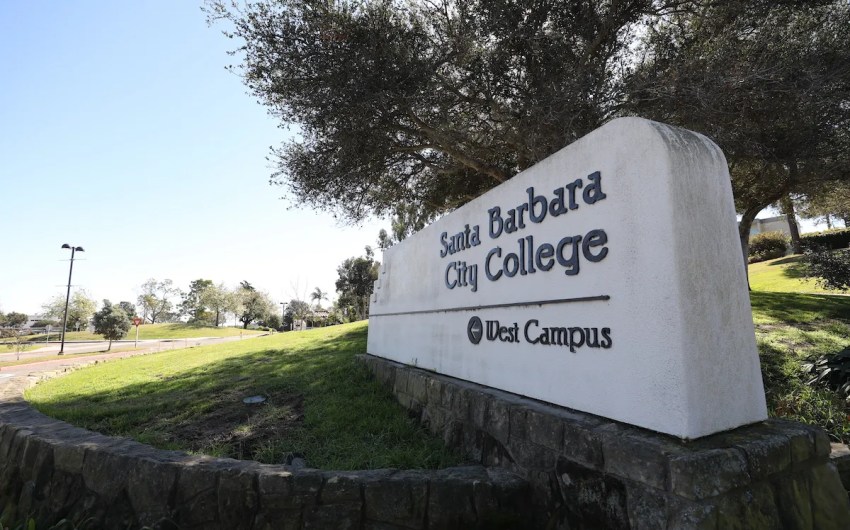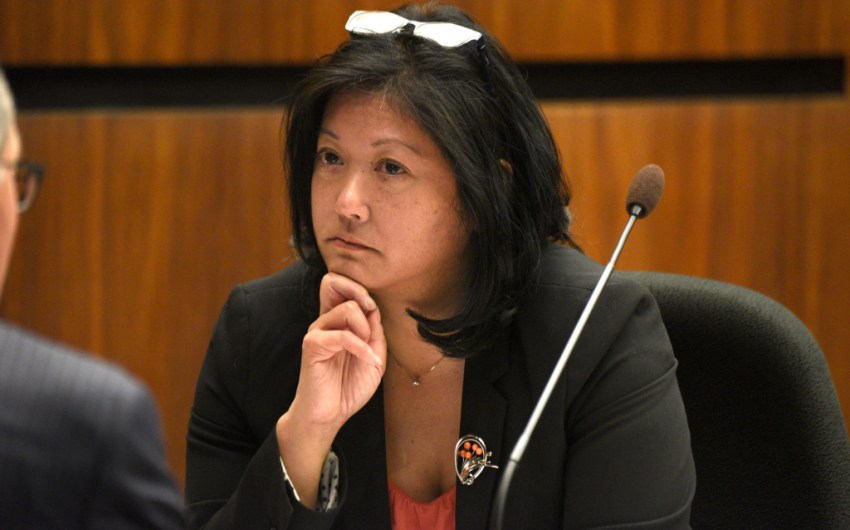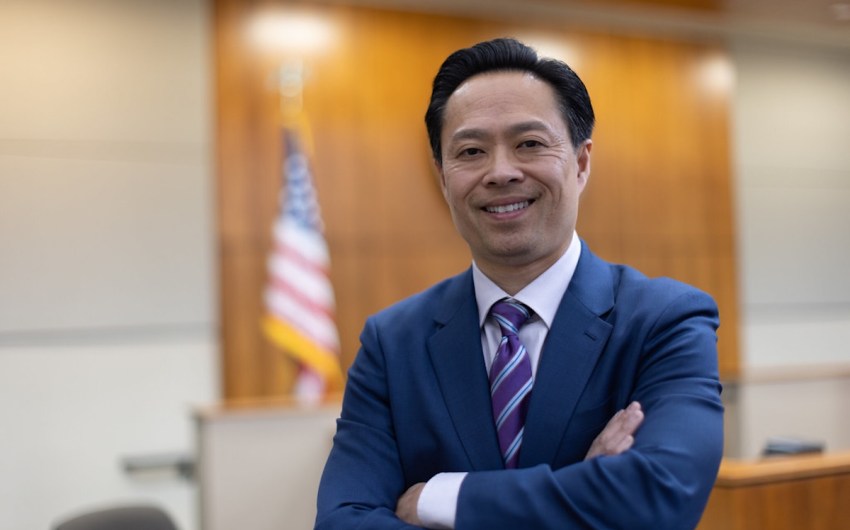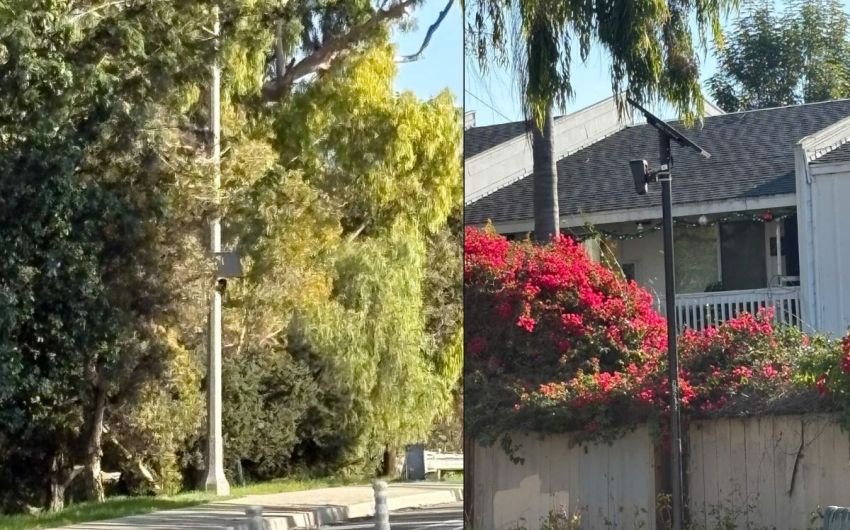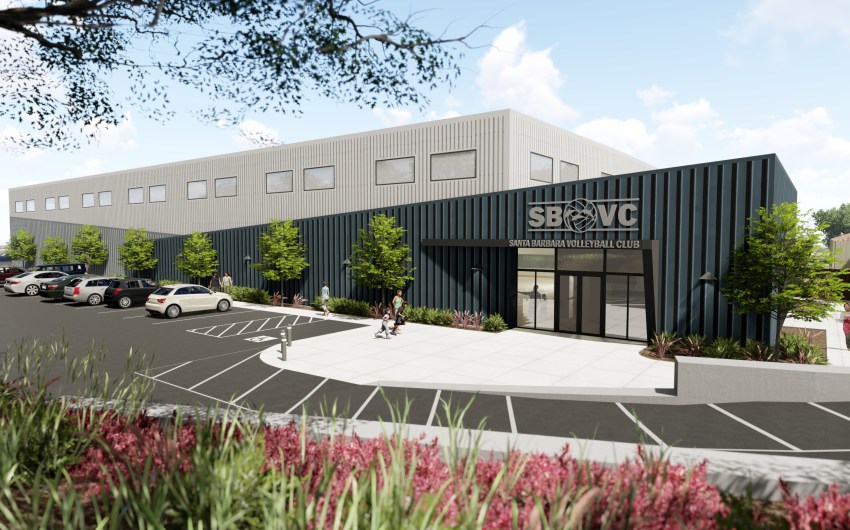The University of California admitted its largest and most diverse class to date, increasing the number of California residents, underrepresented students, and community college transfers into the fall 2024 admissions, according to preliminary data released Wednesday. The admissions come after an application season in which a flaw in a new financial aid form released this year left millions of students across the country scrambling for monetary relief.
UC Santa Barbara admitted 47,698 students, increasing offers to California students by 15.6 percent, out-of-state students by 11.5 percent, and international students by 36 percent. The school’s Fall 2025 Admissions Guide estimates that of the 110,256 applicants, about 4,986 will choose to enroll, or 4.5 percent.
The admission rate for California residents applying for their first year at a UC jumped from 68 to 70 percent this year. Data released by the office of UC President Michael Drake showed that a record 166,706 students were admitted across all 10 UC campuses. However, at UCLA, the university with more applications than any other in the nation, the admission rate remained in single digits, at 9.5 percent.
Of those admitted were 93,920 first-year admission offers to California students, a 4.3 percent increase in the category from last year. The increase marks an all-time high for in-state admissions, a response to public demands calling for UC’s to provide more spots for California kids after previous years showed an increase in admissions of international and out-of-state students for campuses trying to raise revenue when state funding was cut.
“UC is poised to enroll more California undergraduates than ever,” Drake wrote in a press release on Wednesday.
For the first time, the admissions data released by the UC system included the gender identity of admitted students. Systemwide, women make up the majority of admitted Californian students, with 55 percent of the group; at UCSB, the gender gap is greater, with women accounting for 58 percent of admitted students and men representing only 37 percent. About 5 percent of admits identified as nonbinary or transgender, while some did not disclose their gender identity at all.
For the fifth consecutive year, Latinos made up the largest group of first-year California residents admitted across the UC system, reaching 39 percent, due in part to UC Merced’s high Latino student acceptance rate. Following Latinos, Asian-Americans represent 33 percent, with white students at 18 percent, Black students at six percent, American Indians at one percent, and Pacific Islanders making up less than one percent.
Notably, UC expanded access for community college transfer students (a 7.8 percent increase) after a significant hike in applications followed pandemic-driven declines. The Santa Barbara campus admitted a total of 10,484 in-state community college transfers. Across the system, 34,668 transfer applications were received — roughly three of four transfer applicants were accepted.
The UC also increased admissions for first-generation students, who made up 43 percent of the first-year Californian class; those who are in low-income families grew to 41 percent.
“These admissions numbers demonstrate the University of California’s commitment to expanding opportunity and access, especially for underrepresented groups, who comprise the largest ever share of first-year students,” Drake said in the statement. “We’re setting more California students on the path to a college degree and future success, and that translates to positive impact on communities throughout the state.”
The diversity of the 2024 admissions is of particular note as this year’s cycle is the first since the Supreme Court struck down affirmative action in June 2023. The UC system, citing its test-free admissions policy as yielding positive student outcomes, continues to increase “diverse student applications, admissions, enrollment, and retention,” Drake said.
Financial Frenzy
This year’s application process, however, was defined by significant challenges associated with the launch of a new Free Application for Federal Student Aid (FAFSA) system. The flawed rollout of the new financial aid system, labeled as a “crisis of credibility for the Department of Education” by Justin Draeger — the president and CEO of the National Association of Student Financial Aid Administrators — created significant delays in the filing and processing of student information to assess aid eligibility.
The nation’s top student aid official, Richard Cordray, stepped down in April after the disastrous debut impacted millions of students. The launch revealed an array of bugs and data errors that locked students out of the application software and displayed incorrect financial calculations.
“We are in an awful place today,” Draeger stated in a House subcommittee hearing earlier this year. As hundreds of students have not yet filed their FAFSA forms, campuses are still unsure how many students will ultimately enroll.
A representative from UC San Diego said that nearly 400 students who have accepted the school’s admissions offer have still not filed a FAFSA — a 60 percent increase from last year. The systemwide uncertainty, spurred by the Department of Education, may result in many students dropping their plans to attend UC schools.
Editor’s Note: Information on UCSB’s expected enrollment for fall 2025 was added on August 1, 2024.

